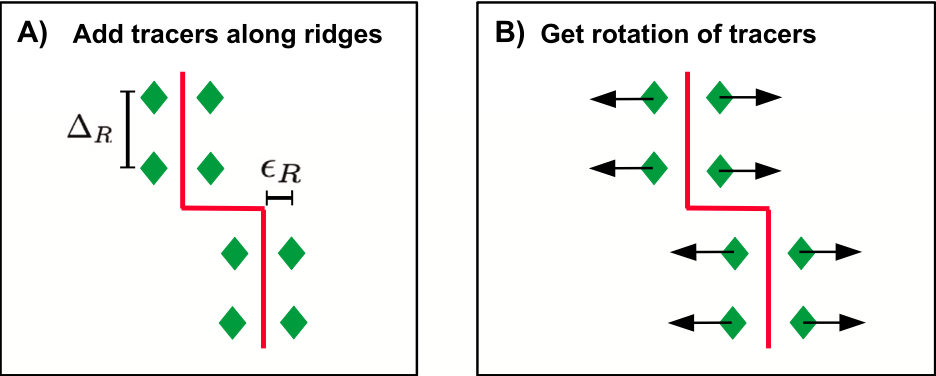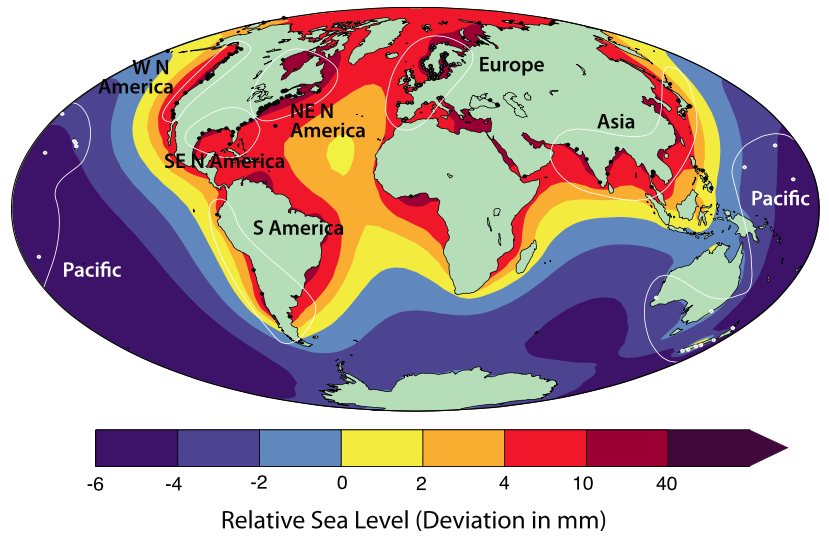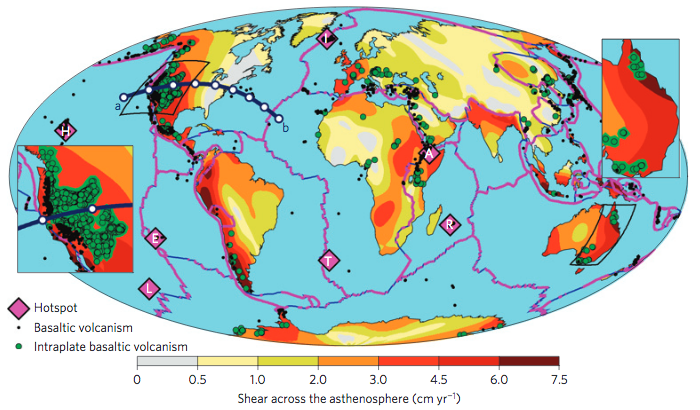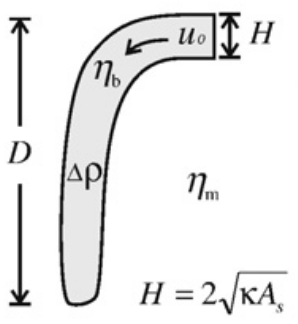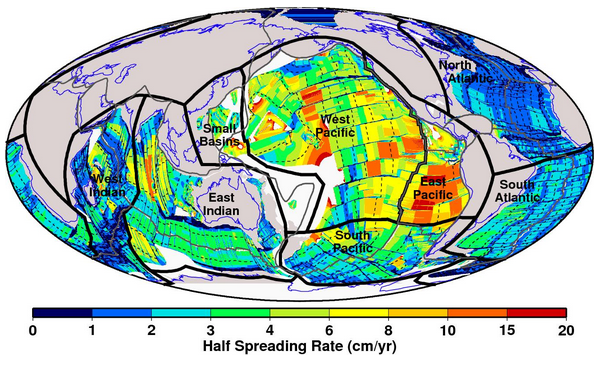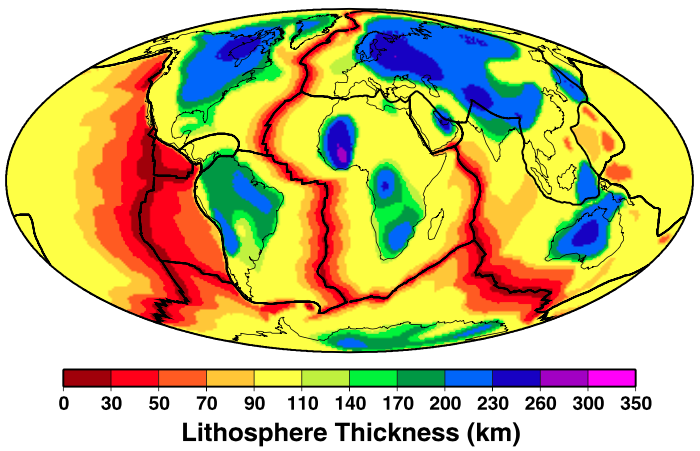
|
|
|
Clint Conrad Professor of Mantle Dynamics |
|
|
|
||
|
Centre for Planetary Habitability |
||
Main | Background | Projects | Results | Research | Publications | Group | Courses
|
Research Results: Datasets, Codes, and Models Various research output that we have made available for general use. |
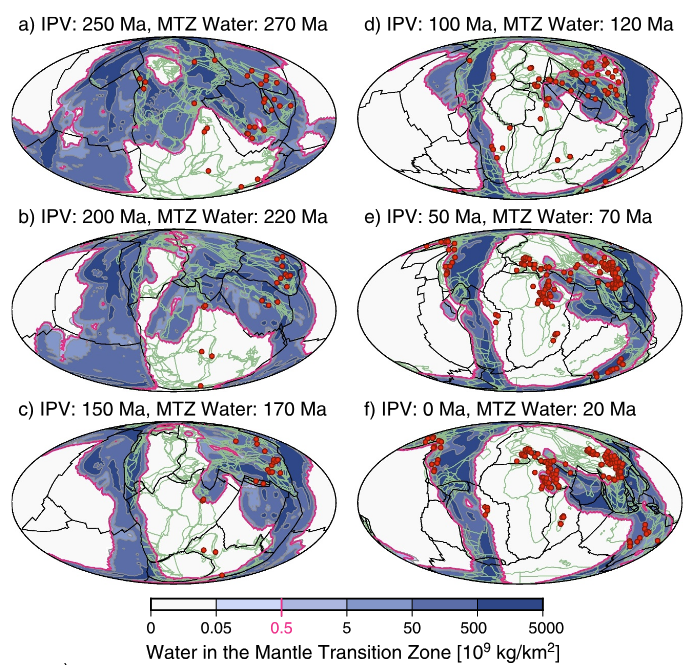
Water in the Mantle Transition Zone
Helene Wang reconstructed water in the mantle transition zone
(MTZ) as a function of time for the past 400 Myr.
Her model for MTZ water is described by
described by Wang et al. [2025].
|

Reconstruction of Seafloor Ages back to 400 Ma
As part of his research into the history of Earth's
heat flow, CEED PhD student Krister Karlsen reconstructed
seafloor ages for the past 400 Myr.
The age grids and associated heat flow are
described by Karlsen et
al. [2021] and the algorithm used to create them (TracTec) is
described by Karlsen et al. [2020].
These are available below:
|

Evolving Viscous Anisotropy Dataset and Code
CEED postdoc Ágnes Kiraly developed a code to compute the viscous anisotropy associated with a developing olivine texture. This code is based on the model of Hansen et al. [2016] and is fully described in Király et al. [2020].
|
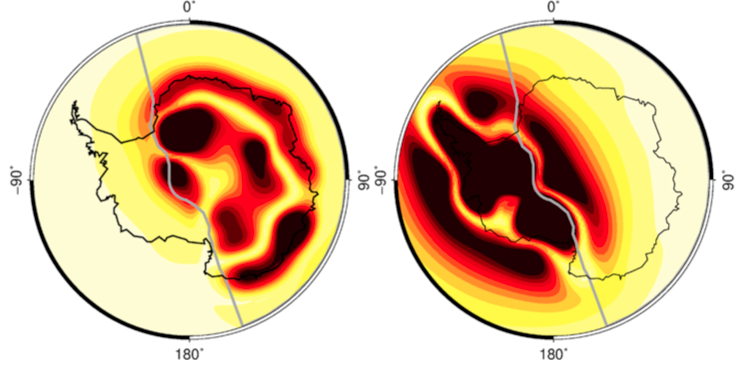
Rotational Feedback for SELEN
Masters student Robert Hartmann developed an update to SELEN, which is a public code for solving the sea level equation. As documented by Hartmann et al. [2020], this update adds rotational feedback to the SELEN solution for sea level. |
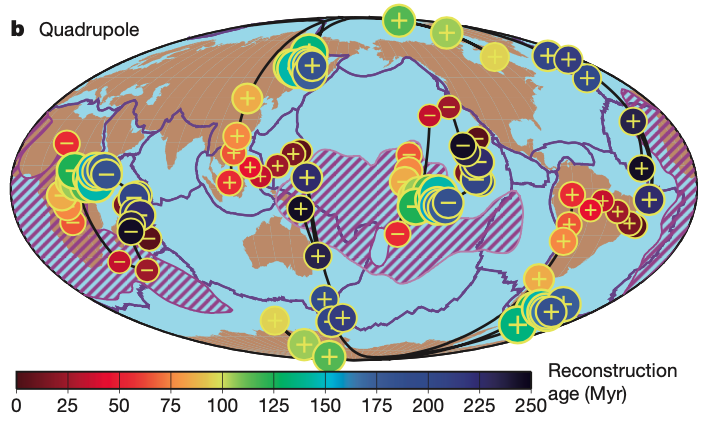
Tectonic Plate Reconstructions
A few of my collaborators (Trond Torsvik and Bernhard Steinberger) have developed reconstructions of
past plate motions as part of our work. These CEED
reconstruction models can be obtained from PLATE MODELS @
CEED website, and in particular:
|

|
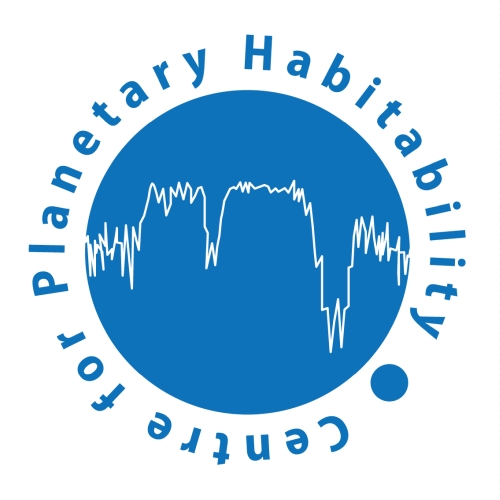
|

